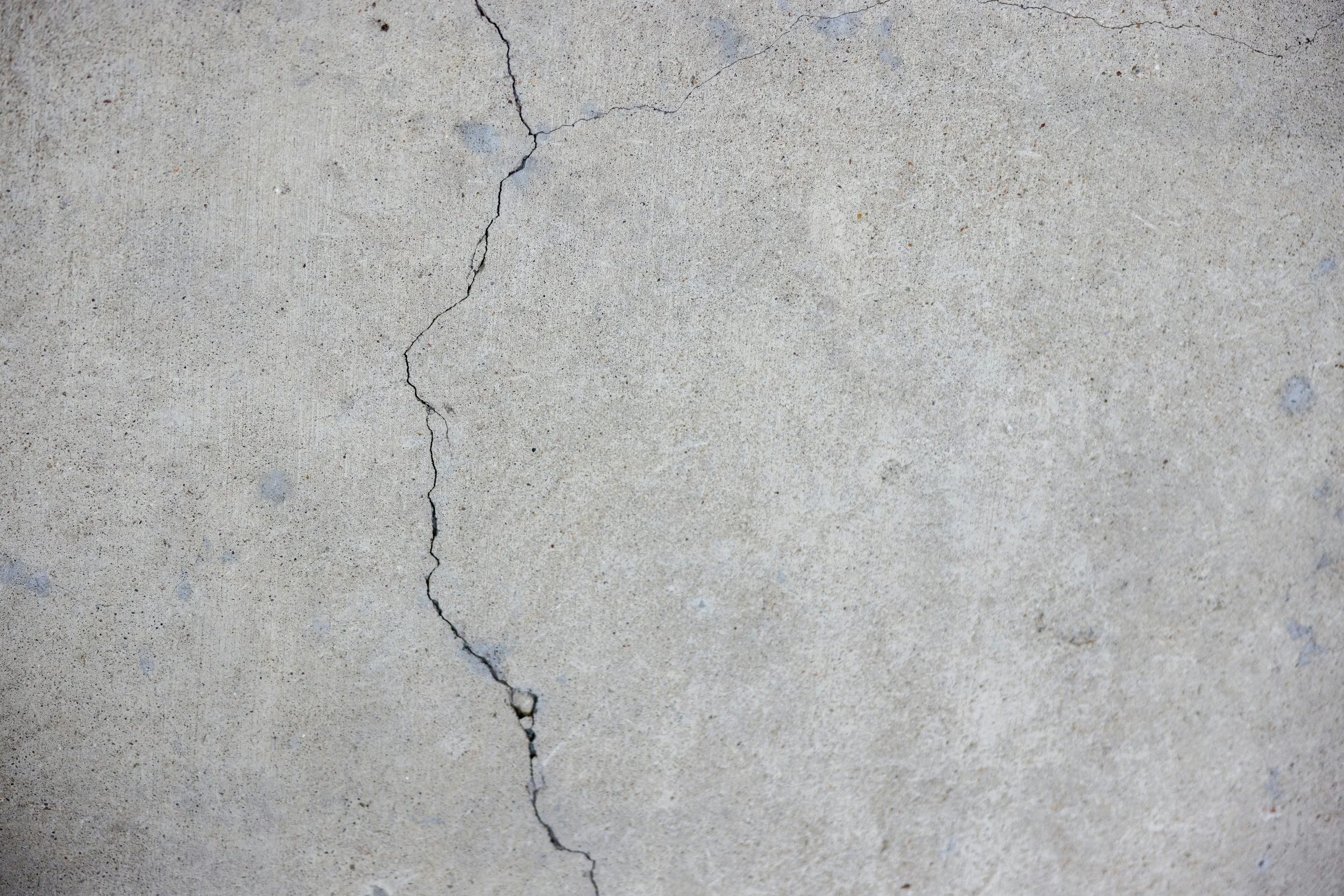The Spring Inspection You Didn’t Know You Needed (Until the Basement Flooded)
Spring in the Cariboo is a magical time. The snow melts, the birds return, and the sun finally decides to make a regular appearance. But while you're outside planning your garden or dusting off the patio furniture, there's a sneaky villain lurking under your nose—or worse, under your house.
We’re talking about that unexpected basement flood, the kind that creeps in right as you’re celebrating the end of winter. And the worst part? In many cases, it’s totally preventable.
At Ultrawest Restoration, we’ve seen it all. From the innocent-looking garden hose still attached to the outdoor faucet, to clogged gutters causing a Niagara Falls-style overflow down foundation walls—these little oversights turn into big insurance claims faster than you can say “sump pump.”
So, let’s talk about the Spring Home Inspection You Didn’t Know You Needed—the one that might just save your home, your sanity, and your insurance deductible.
1. Check Your Gutters (Because Gravity is Not Your Friend)
Over the winter, leaves, pine needles, and even the odd bird nest can clog your gutters. When spring rain hits, water has nowhere to go but over the edge and down the side of your home—right into your foundation.
✔ Clean out your gutters and downspouts
✔ Make sure water is draining away from your home, not pooling next to it
✔ Consider downspout extensions if water is too cozy with your foundation
2. The Hose Bib Mistake That Can Flood Your Basement
If we had a nickel for every spring flood caused by a still-attached garden hose, we’d be writing this from a beachfront office. In Vancouver, it’s no big deal. In Quesnel, Williams Lake, or 100 Mile House? Different story.
✔ Remove your garden hoses before freezing temps return in fall
✔ Inspect hose bibs in spring for cracks or slow leaks
✔ Turn on the tap and check inside for any signs of water where it shouldn’t be
3. Sump Pump = Your Unsung Spring Hero
Your sump pump might not get the glory of your kitchen backsplash, but when it comes to preventing water damage, it's the MVP.
✔ Test it by pouring a bucket of water into the pit—it should kick on
✔ Check the power source (yep, they need electricity!)
✔ Consider a battery backup if you don’t already have one
No working sump pump = fast-tracked insurance claim. Trust us on this.
4. Foundation Cracks: Small Now, Big Problem Later
Take a walk around your home’s foundation. Notice any cracks? Even small ones can let moisture seep in over time, especially with melting snow or heavy spring rain.
✔ Seal minor cracks with waterproof masonry sealant
✔ Call in a pro if cracks are larger or spreading
✔ Keep an eye on basement walls for signs of water stains or musty smells
5. Review Your Insurance Policy Before You Need It
This might not be the most exciting spring activity, but it’s worth doing. Know what’s covered in case the worst does happen.
✔ Is overland flooding covered? (Some policies don’t include it!)
✔ What’s your deductible for water damage?
✔ Are your valuables properly documented?
The best time to get familiar with your policy is before your basement looks like a swimming pool.
Protect Now, Avoid the Claim Later
Spring is the season of renewal—but it can also bring unexpected messes if your home isn’t ready for the melt and moisture. A few hours of inspection and maintenance can go a long way in preventing damage, avoiding insurance claims, and saving yourself the stress of calling in the restoration team (although if you do need us, we’re here!).
If spring has already sprung a surprise on you—or you want professional eyes on your home — Ultrawest Restoration is just a call away. From Quesnel to Williams Lake and everywhere in between, we’ve got your back.
Let’s keep spring fun, not flooded. 🌸💧



